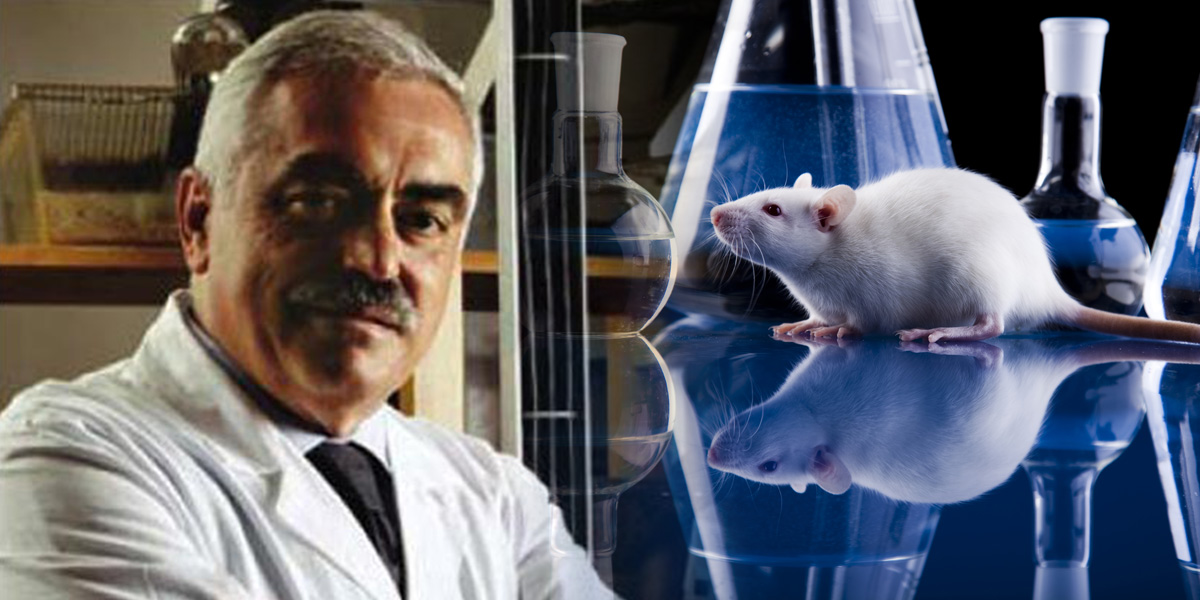
The honorary president of Italy’s Ramazzini Institute speaks out after industry backlash against his institute’s study that found link between sucralose and cancer
Morando Soffritti, honorary president of the Ramazzini Institute in Italy, has explained why animal safety tests performed at the Institute on controversial substances in our food chain and environment are more rigorous than the tests conducted by industry to support regulatory authorisations of those substances.
The Institute's team of researchers recently published a study showing a link between the consumption of sucralose and cancer, sparking a backlash from the industry. Tate & Lyle, which manufactures a sucralose product, stated that “the study results are not supported by previous studies. Sucralose has been extensively researched with more than 110 studies conducted over a 20-year period demonstrating its safety.”
But in an interview with Food Navigator, Soffritti pointed out the differences between Ramazzini studies and industry regulatory studies, and explained why they could reach different results.
Soffritti said that compared with industry regulatory studies, Ramazzini studies:
* do not kill the animals two-thirds of the way through their lives. The animals are allowed to live longer – in the case of the sucralose study, for their entire natural lifespan. This is in order to obtain information from the last third of life, when most long-latency cancers appear. (GMWatch would add that we don’t ethanize humans two-thirds of the way through their lives, so the Ramazzini methodology is the only way to see effects of the tested chemical in old age.)
* use a larger dose range, including low doses, in order to assess dose-response relationships and the effects of realistic exposures.
* use a larger number of animals per sex and test dose, in order to minimise the chances of ‘false negatives’, when a toxic effect exists but is missed because too few animals were used. False negatives can put public health at risk.
The Ramazzini Institute also favours beginning the dosing in prenatal life, thus revealing any effects on the developing foetus. The Institute’s sucralose study, in contrast to industry studies, used this methodology.
The US-based Center for Science in the Public Interest has defended the Ramazzini’s study on sucralose as “more powerful than the industry-funded studies”.
Previous studies by the Ramazzini Institute on aspartame were criticised and dismissed by the European Food Safety Authority (EFSA) for not following OECD guidelines.
But adherence to OECD guidelines is not a mark of scientific excellence and was never intended to be. OECD guidelines represent a minimum standard of testing that industry studies must reach. They were instituted by regulators in the 1970s and 1980s in the wake of serious industry fraud in pesticide testing.
Industry and regulators must cease pretending that regulatory studies that are conducted to OECD guidelines – and that follow what some scientists have condemned as “outdated” methodologies – are by definition superior to studies performed by independent researchers. The latter may have methodologies that reflect up-to-date scientific knowledge and are more sensitive.
The image above shows Morando Soffritti.